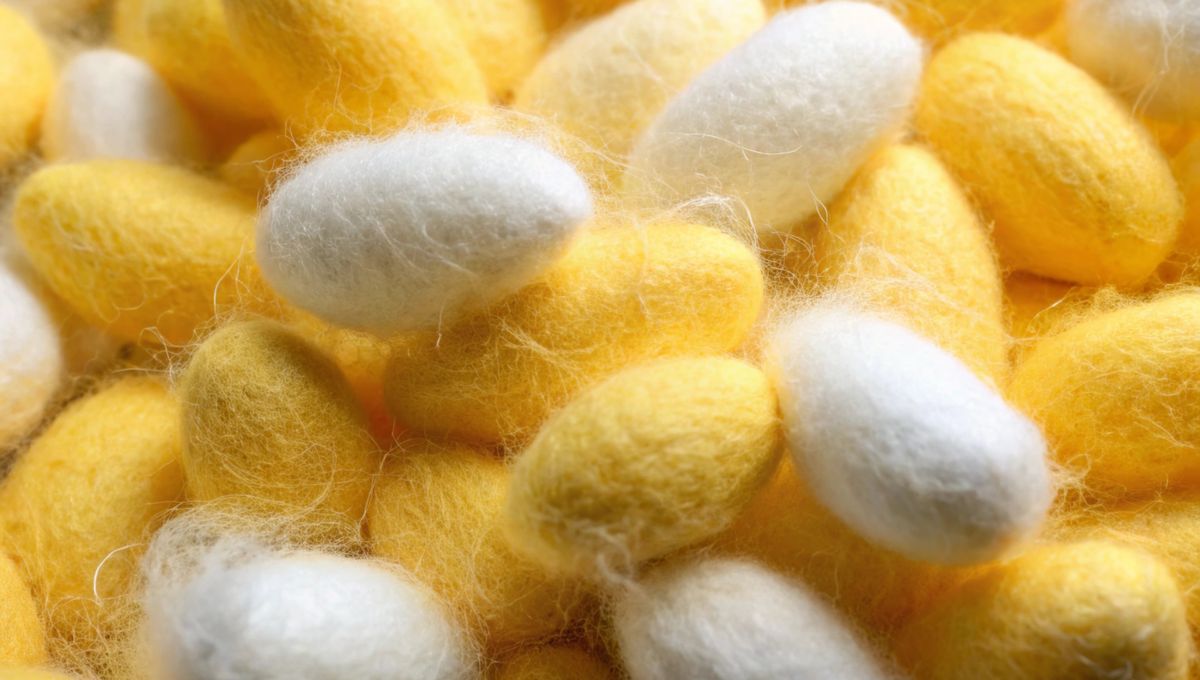
The luxurious textile that sparked the first global trade network may have been seen as more than just a material object in ancient China. Having discovered silk residues in a Bronze-Age sacrificial pit in Sichuan province, the authors of a new study suggest that the opulent larvae-derived fiber was revered as much for its elegance as for its supernatural qualities.
“Silk was the driving force behind the opening of the Silk Road, positioning this material as a global commodity that greatly influenced the progress of human civilization,” write the researchers. They also go on to explain that the majority of the early accounts of Chinese sericulture – which refers to the rearing of silkworms – can be traced to the ancient Shu State, which had its capital at Sanxingdui from 1600 to 1100 BCE.
“However, no silk or its residues have been found in Sanxingdui’s previous archaeology,” state the study authors. Despite this, the location has yielded a number of fascinating finds, including a series of “sacrificial pits” loaded with ivory, jade, bronze, and gold items.
Dated to between 3,148 and 2,966 years ago, the objects all show signs of having been burned, indicating that they were “originally used for worship in […] ancestral temples but were buried underground for unknown reasons.” Among the items is a “grid-like ware artifact” consisting of oval-shaped pieces of bronze and jade coated in traces of fabric.
Due to its delicacy, silk is highly unlikely to survive being burnt or buried for an extended period, making it extremely difficult to identify ancient traces of the refined substance. However, using a series of advanced detection techniques, the study authors were able to confirm that the fabric was indeed silk.
Noting that the artifact may be linked to an ancient record called “Jiatu Zhijia” in which an emperor receives divine orders regarding the accession of the throne, the study authors conclude that the textile probably held religious significance. “The silk remnants on the surface of the jade and grid-like ware can be surmised to have been the material carriers of communication between Heaven and Earth,” they write.
This interpretation is further supported by ancient texts which reveal that silk was typically used for burial clothing in order to help the dead connect with the heavenly realm.
Summarizing the significance of their findings, the researchers explain that their work marks “the first discovery of silk traces and residues at the Sanxingdui archaeological site, providing archaeological evidence for the use of silk in ritual contexts and providing more information on how the ancient Shu people of 3,000 years ago expressed their religion.”
The study is published in the journal Scientific Reports.
Source Link: 3,000-Year-Old Silk Found In Sacrificial Pit In China